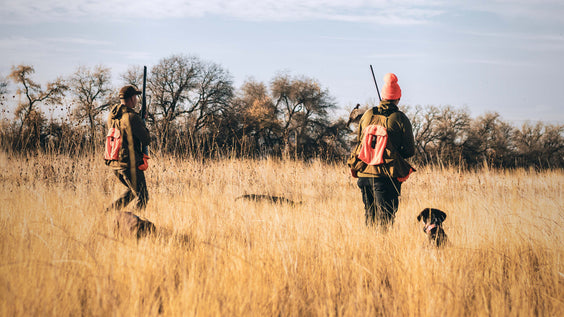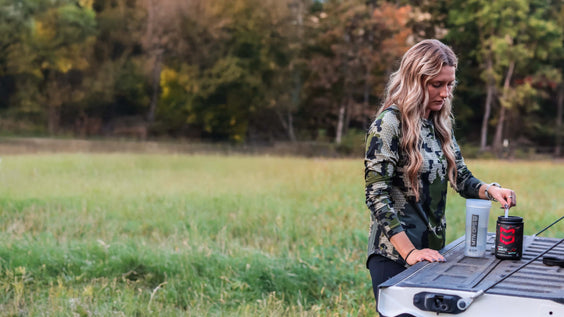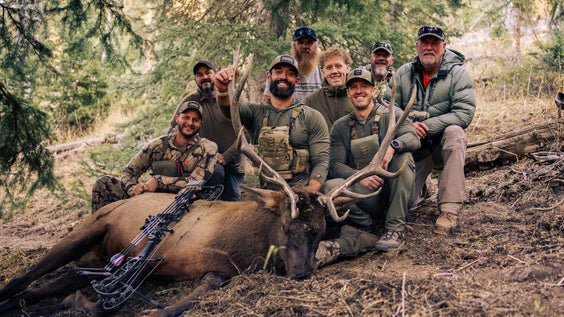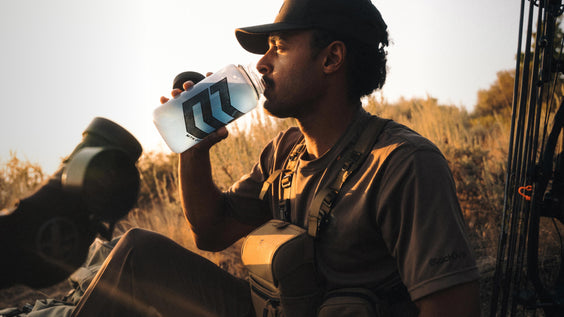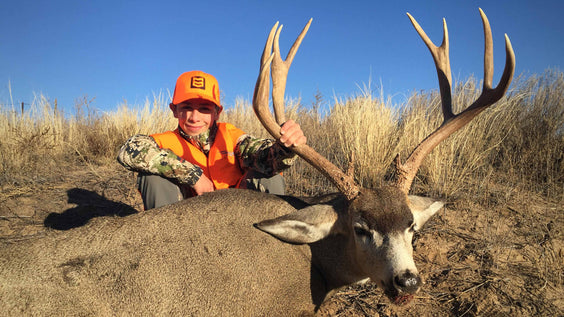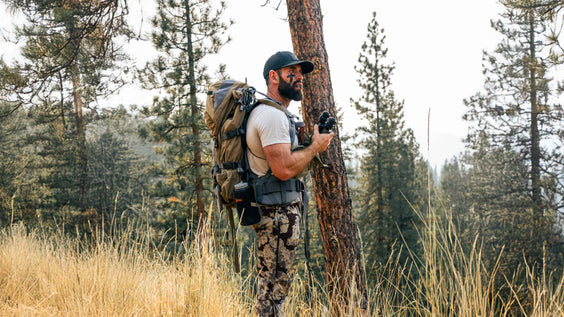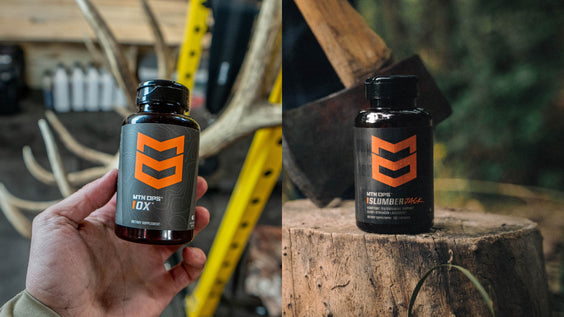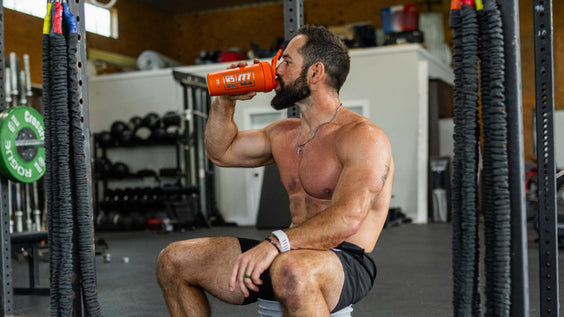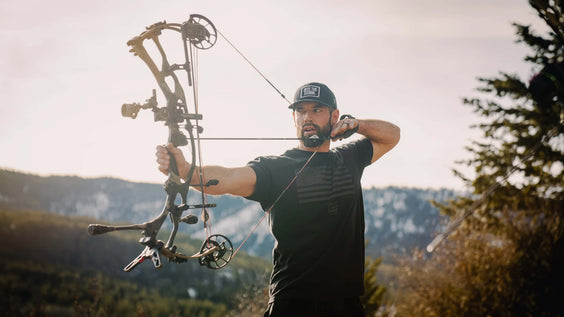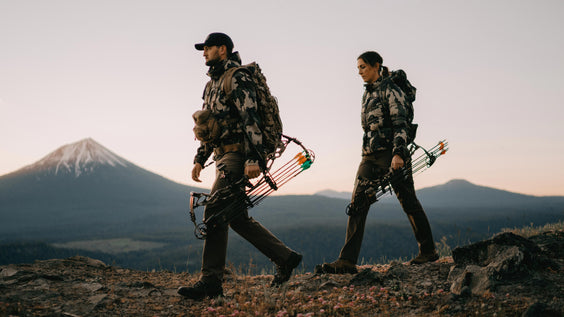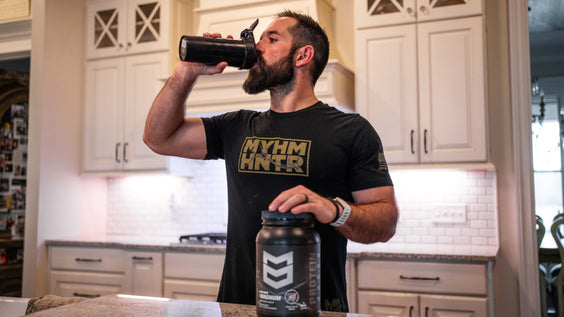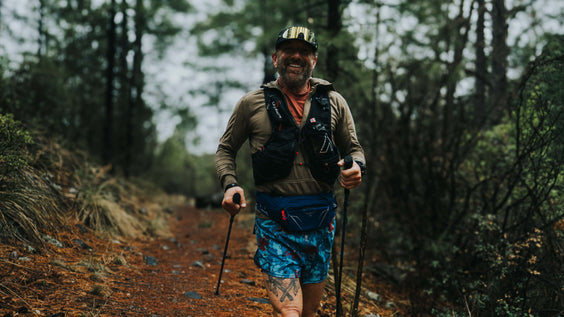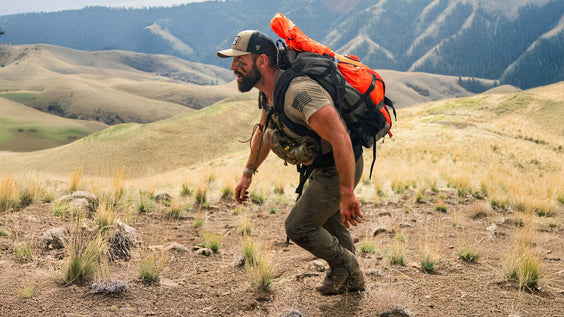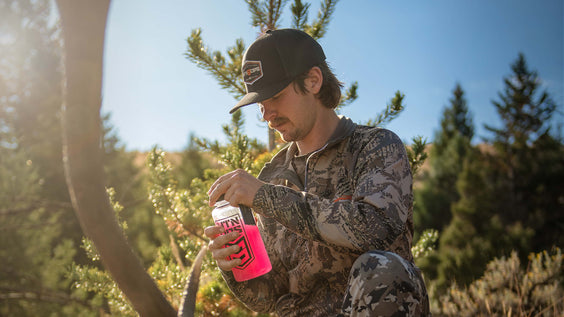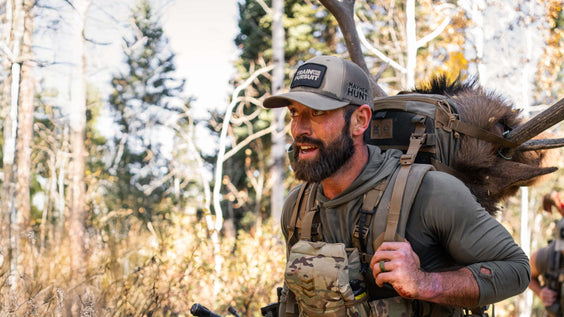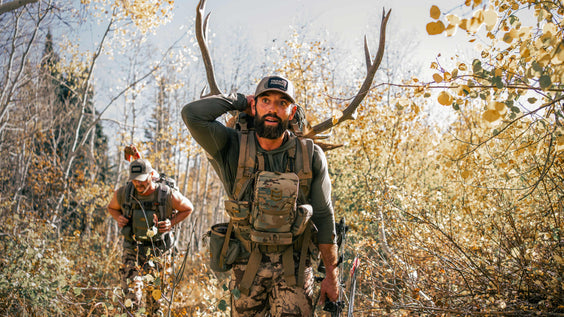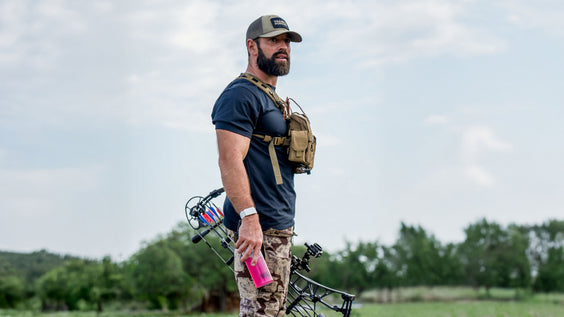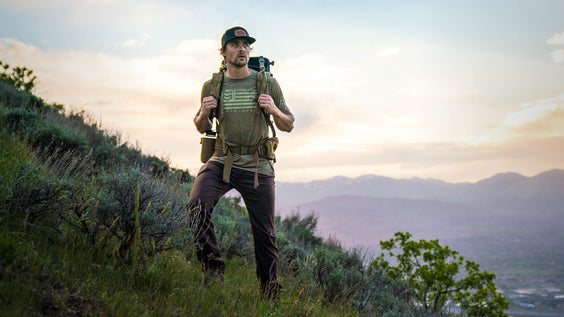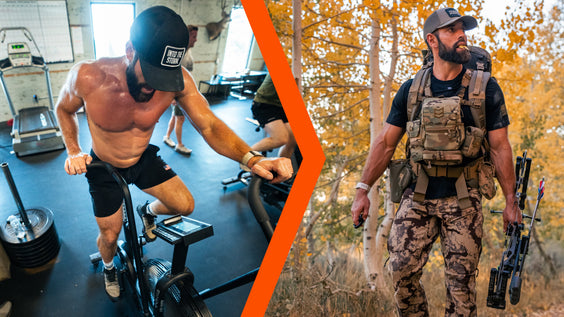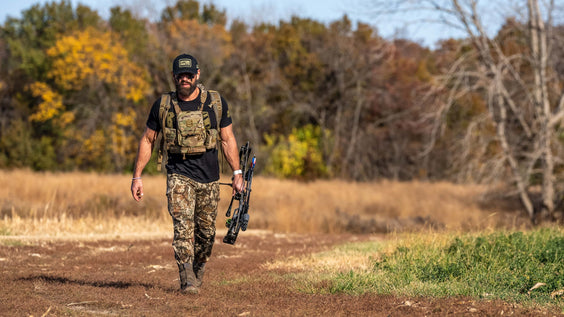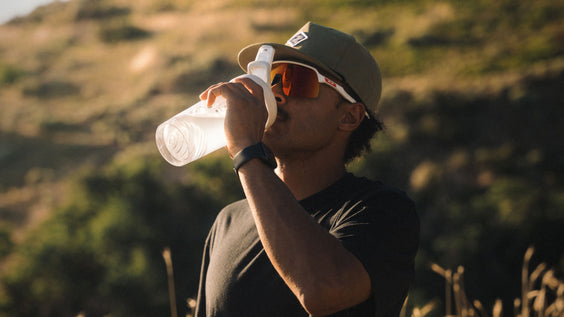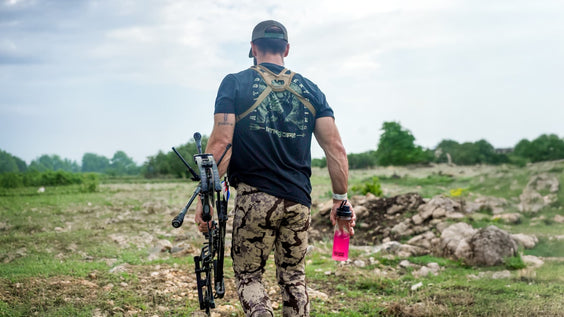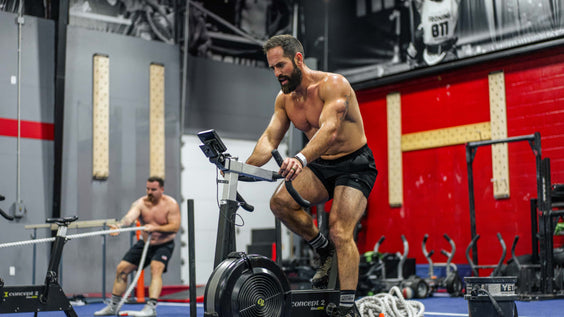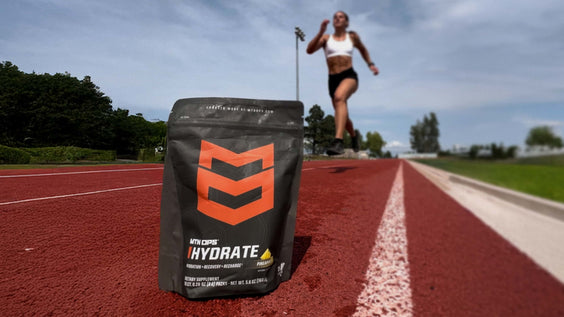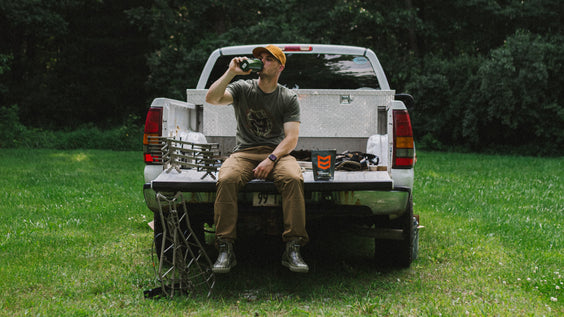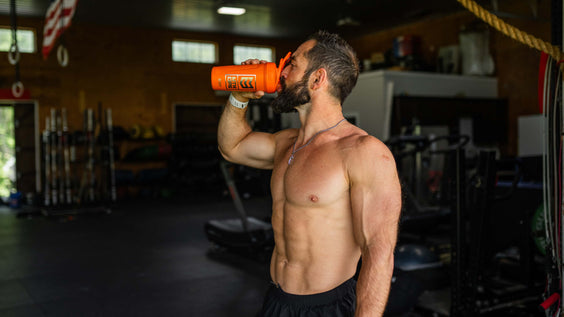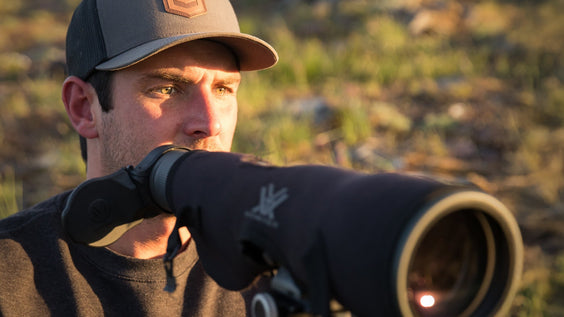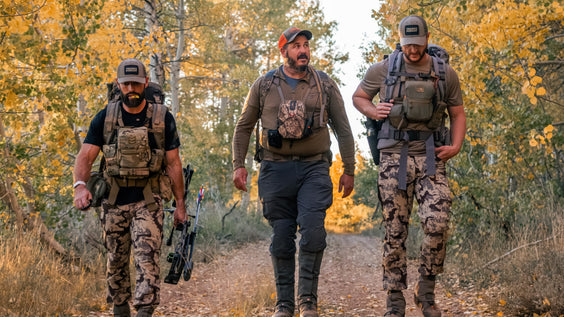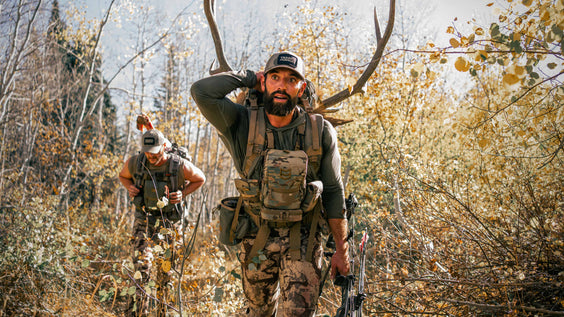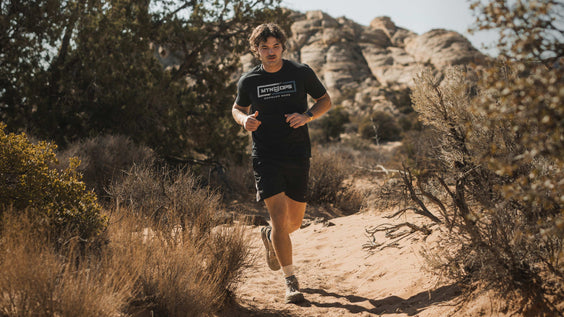

5 Tips for Cold Weather Success
Nov 14, 2025
By MTN OPS TEAM
The leaves are changing, but more than the Rut is coming. It means that the weather is changing, for the colder.
Cold weather is more than an inconvenience. It is a true test of grit that challenges every physiological system in your body, hindering cognitive and physical performance when you need it most.
But dropping temperatures don’t have to mean dropping performance. A deeper understanding of how the cold can negatively impact peak performance can inform better preparation.
Defining “Cold”
Interestingly, there is no universally accepted definition of “cold” in the scientific literature. But what is accepted is that humans operate in a relatively tight range when it comes to internal temperature. When internal temperatures start to deviate from this range, there are physiological systems that work extremely hard to pull us back into range (source).
The reason for the discrepancy in the definition of “cold” is due to the large range of physiological and individual factors (body composition, fat distribution, energy expenditure, repeated exposure, and clothing selection) that influence how and at what temperature the body’s internal temperature regulation systems activate. (source). For those possessing favorable characteristics, “cold” will be a much lower absolute temperature compared to those without them.
Despite individual variability, the literature has found consistency in physiological responses to acute, repeated, and chronic exposure (source). When we are exposed briefly to temperatures that challenge internal temperatures, our blood vessels near the skin constrict, reducing blood flow, and we start to shiver, producing metabolic heat.
As we become more habituated to colder environments, there is a reduction in our “cold shock” response, typically characterized by hyperventilation, increased heart rate, and activation of the sympathetic nervous system.
Continued exposure pushes further adaptation. Long-term exposure elicits additional changes such as increases in subcutaneous fat, shivering and non-shivering heat production, and a drop in core temperature.
We all have a given cold tolerance where internal temperatures can be maintained, and while there is no hard-set number on the thermometer, once your individual number is hit, performance starts to suffer.
The Cold and Performance
Strength and Power
Mountain life requires strength, and it must be protected at all costs. This means that internal temperatures must be maintained.
A 2010 review points to research demonstrating that decreases in muscular temperature result in significant losses in muscular performance. The paper goes on to argue that every (roughly) two-degree Fahrenheit drop in muscle temperature can result in a 5% drop in power output.
Similar decreases have been reported in strength performance. A 1979 study examining the relationship between muscle temperature and strength performance noted significant changes in performance with decreases and increases in muscular temperature.
Endurance
On its own, the cold presents a massive hurdle to success, eroding endurance performance on multiple fronts.
Research suggests that cold temperatures negatively affect movement efficiency, cardiovascular strain, and muscle temperature, among other factors. All are extremely detrimental to endurance performance.
A study looking at exercise performance across multiple temperatures reported a 13% decrease in time to exhaustion when working at roughly 70% capacity in roughly 40°F, when compared to the control.
The mountains can be very unforgiving. Every movement must be executed with optimal efficiency. A 5% decrease in efficiency is massive, making a 13% decrease earthshaking.
These losses highlight more than just a loss in efficiency. They present the need for adequate caloric intake. Hard work means more calories. If the cold makes hard work harder, the addition of cold means that you need extra calories on top of the extra calories you were already consuming.
Cognitive Performance
The cold attacks more than your body. It can even erode your mind. A 2021 systematic review found that cold exposure hinders attention, processing speed, memory, and executive function. All necessary to not only succeed in the backcountry, but survival.
Even more interesting, a 2012 study not only supports the findings of the systematic review but further suggests that these negative influences can last at least one hour after cooling, even after rewarming. Meaning, the negative effects of cold temperature can be residual even after you get back inside and warmed back up.
The trail is brutal. It takes more than a strong body to conquer it. It requires a sharp mind. This means you must maintain internal temperatures to support both.
The 5 Tips for Cold Weather Success
-
Layer up smart: Use moisture-wicking, insulating synthetics to keep warm without bulk, preserving agility and muscle temperature.
-
Warm-ups matter: Begin with dynamic indoor movement before facing the cold; cold, static stretching isn’t enough to protect muscles and joints.
-
Fuel dense and steady: Lean on calorie-rich, slow-burning foods and pack warming drinks for both heat and carbs.
-
Maintain grip and dexterity: Insulate hands and feet intensely; protect fingertips to reduce tremor and maintain accuracy.
- Train mental toughness: Visualize, set goals, and adapt. Mental resilience prevents the cold from winning.
The season is changing. The cold is coming. But the outdoors still beckon.
Do not let the cold stand in the way of your success.
Know yourself.
Know the physiology.
And let preparation be the foundation of your success.










